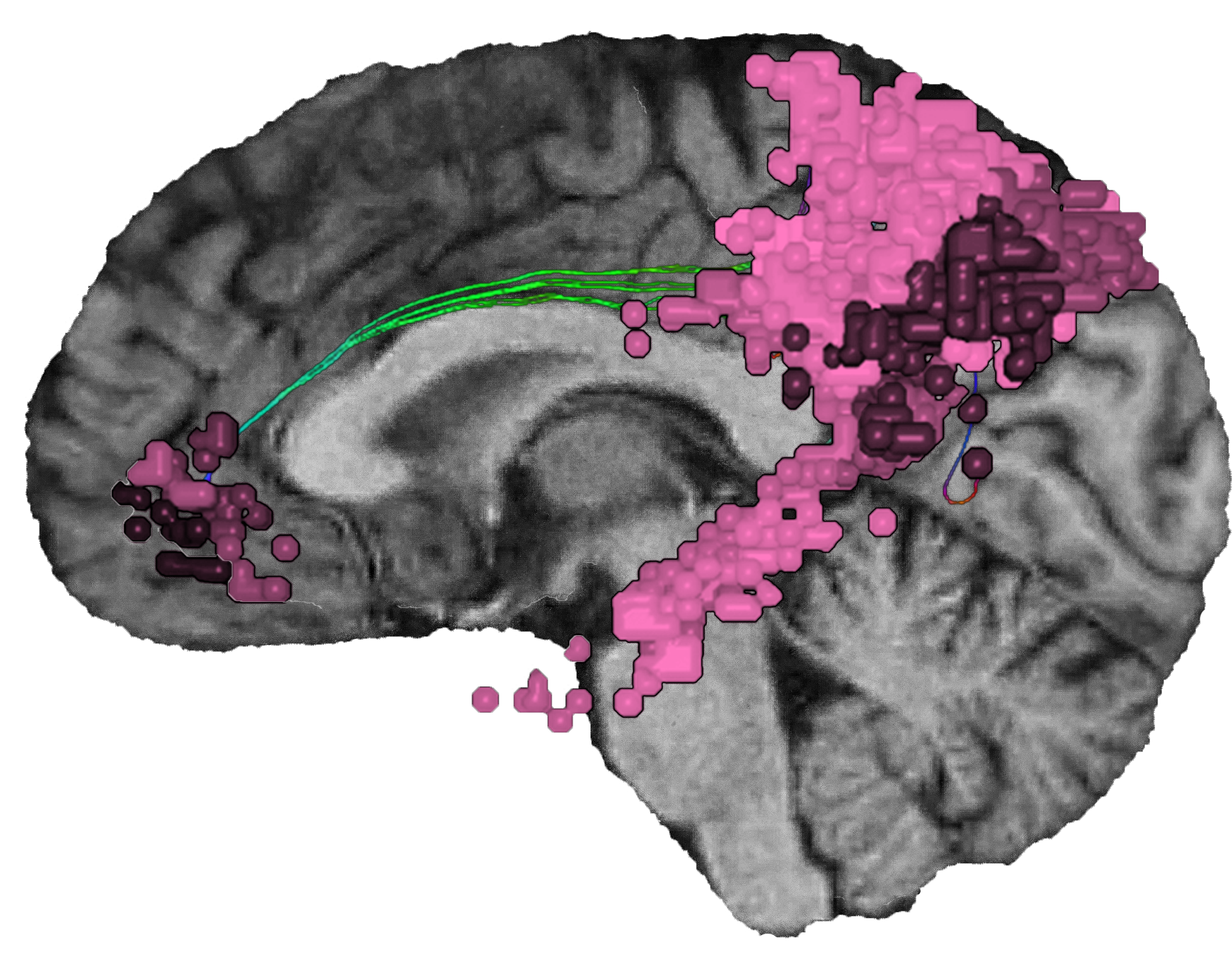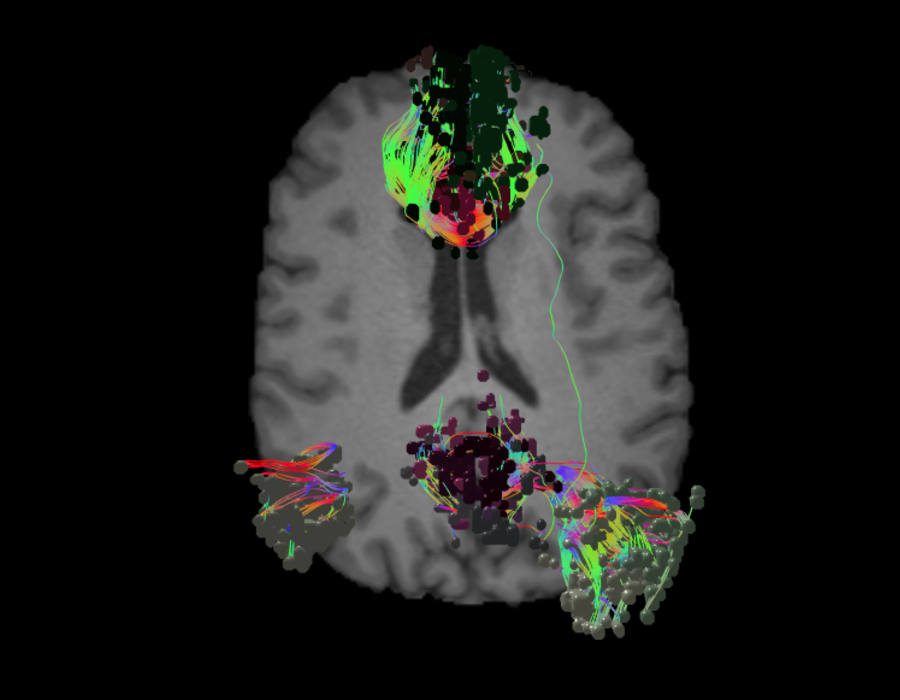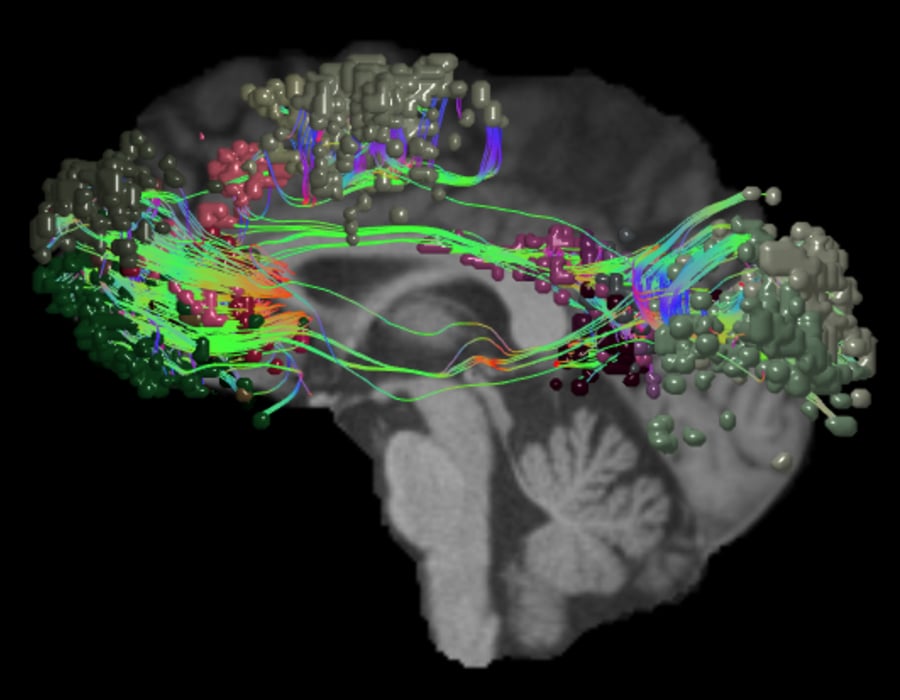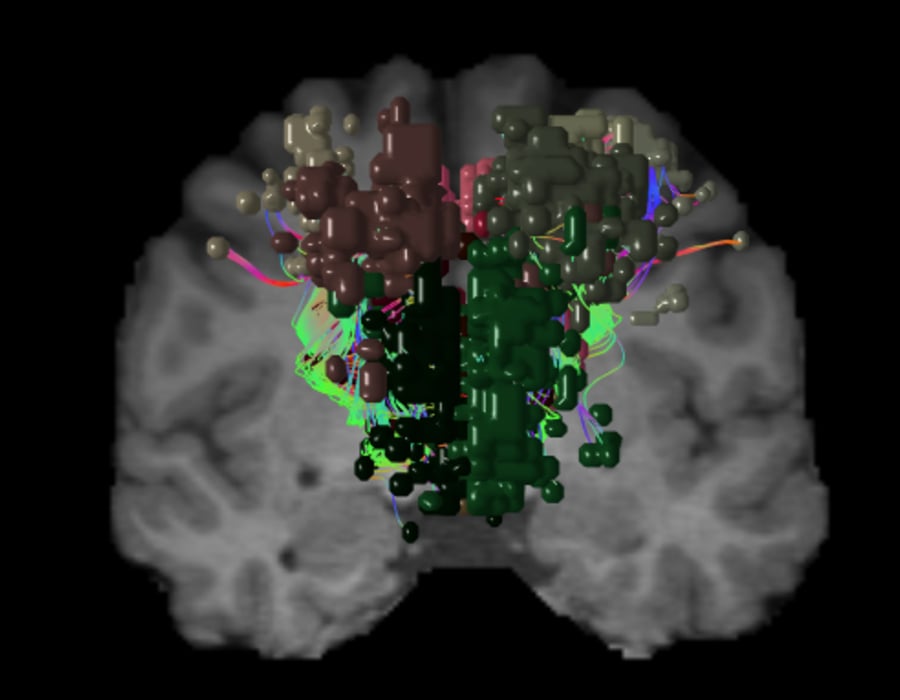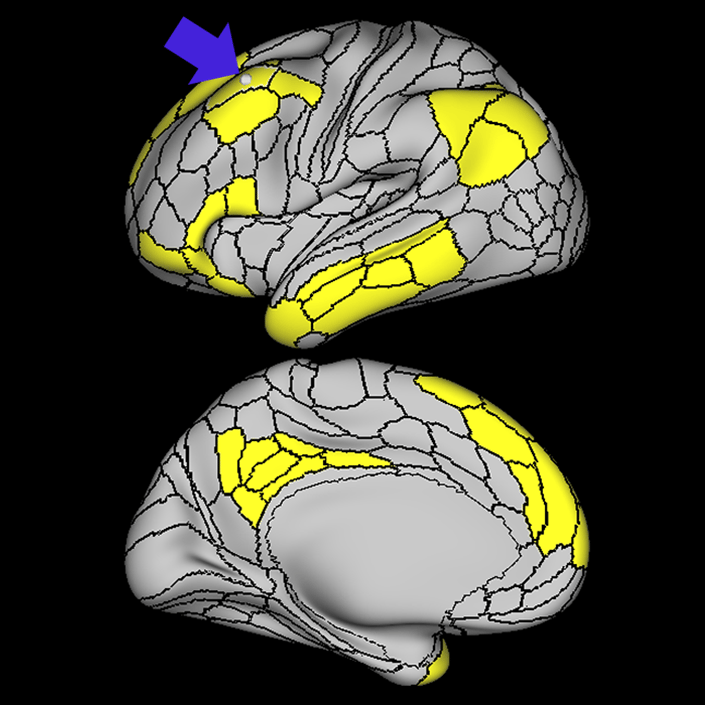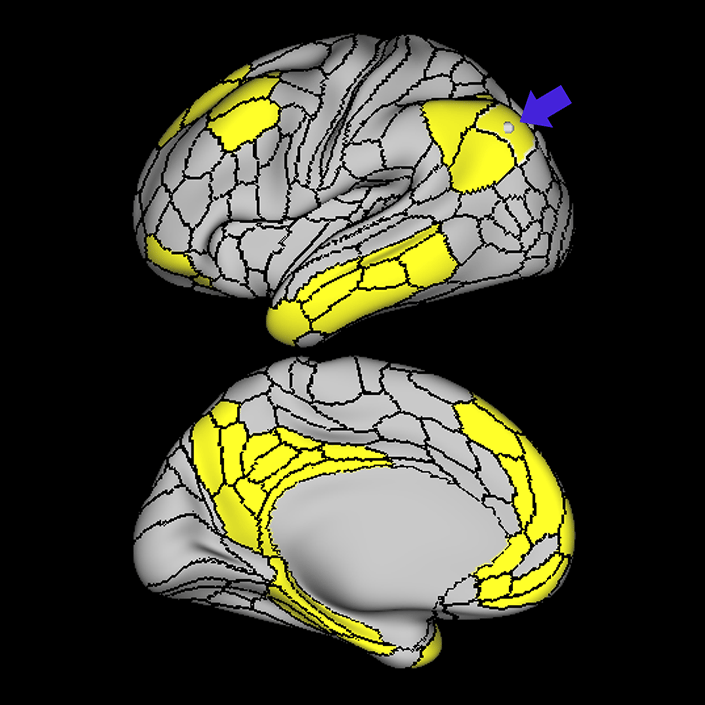What is the default mode brain network?
The default mode network (DMN) is the “internal mind.”
When you’re idly daydreaming or thinking about a new idea, the DMN is hard at work.
Though the default mode network is active during rest and sleep,1 it is most active when the mind engages in internal thought or contemplation. When you remember an event from your childhood, imagine a future vacation, or contemplate a family member’s thoughts or feelings, your internal mind drives these perceptions.
When the brain is in a resting state2 and isn’t actively engaged in focused, goal-oriented tasks, “default” or subconscious brain activity increases for internal thought processing,3 which likely evolved from evolutionary self-preservation.
Since we are nearly always thinking to ourselves or subconsciously processing the world around ourselves, the DMN is considered the most active and consistent4 of the seven main brain networks.
